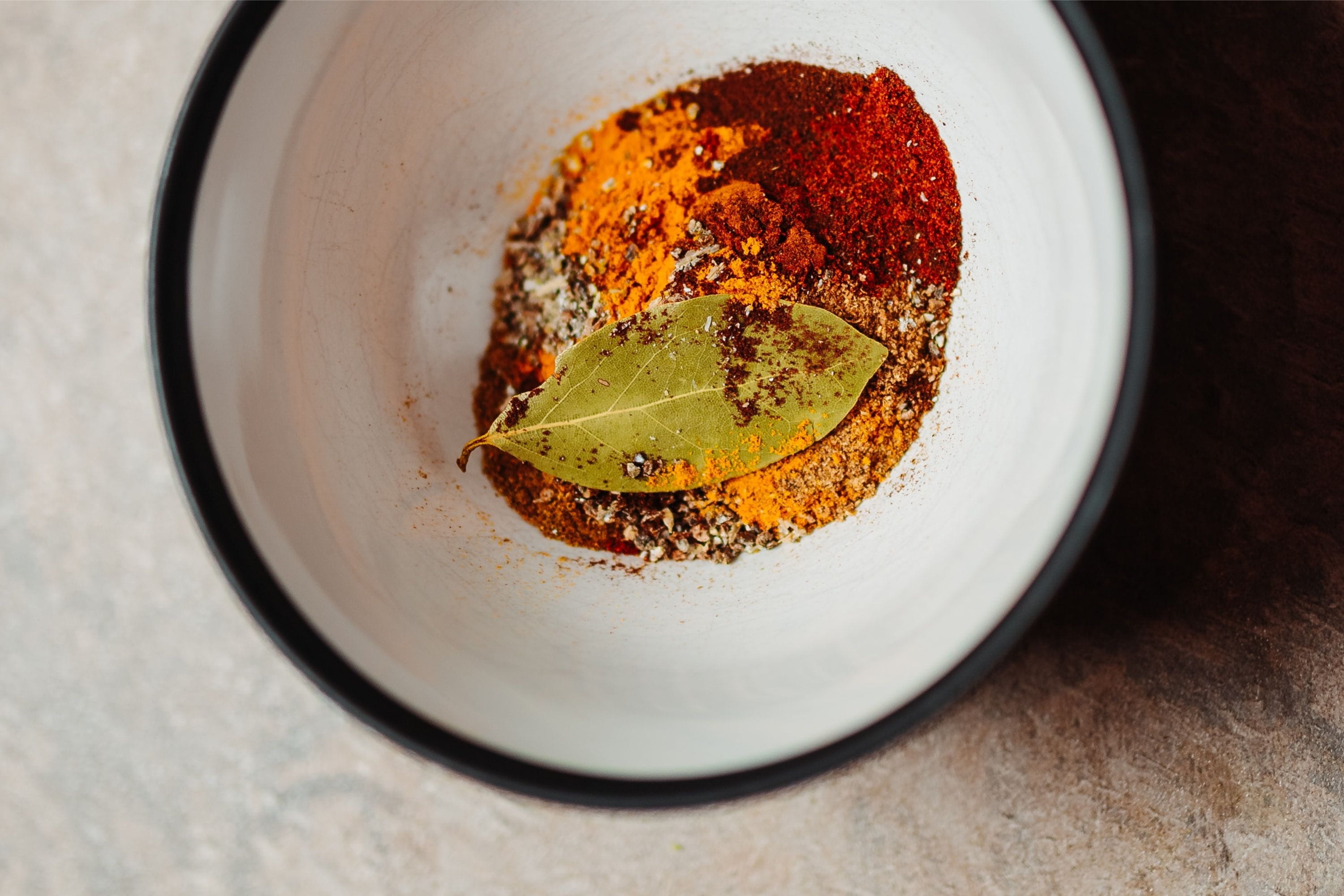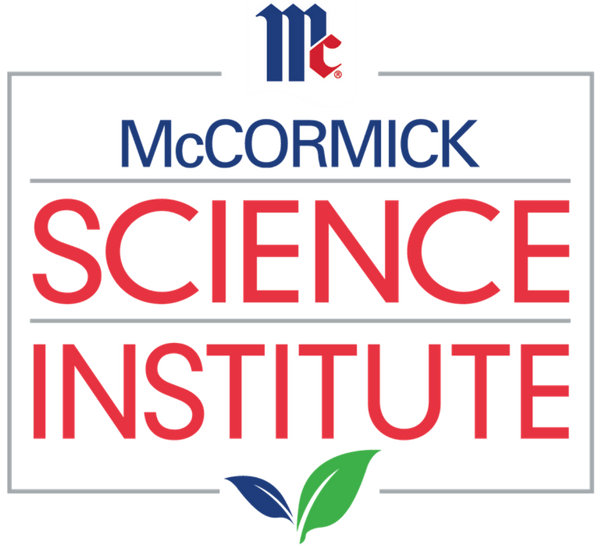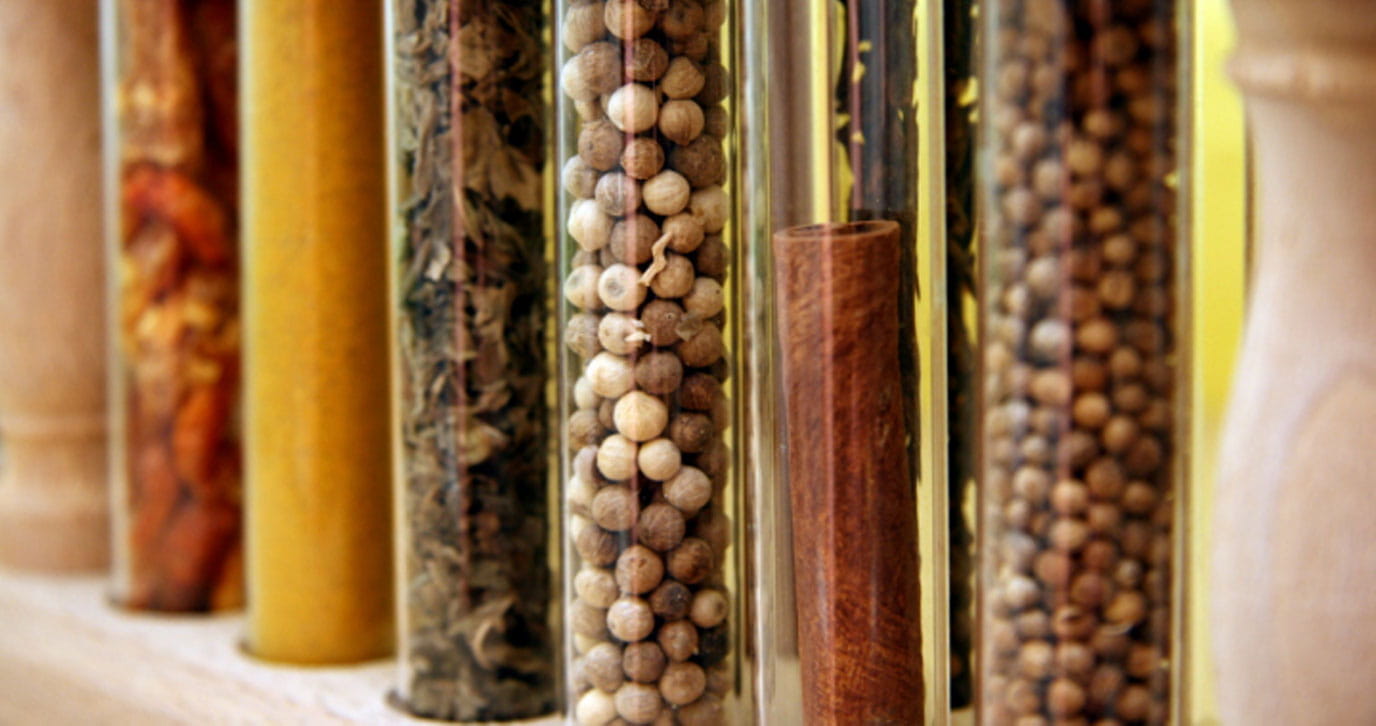November, 2024
Nutrition Education in Primary Care: Comparing Video vs Handout InterventionsThe effect of culinary doses of spices in a high-saturated fat, high-carbohydrate meal on postprandial lipemia and endothelial function: a randomized, controlled, crossover pilot trial
Petersen, K. S., Rogers, C. J., West, S. G., Proctor, D. N., & Kris-Etherton, P. M

Overview
Previously it has been shown that incorporation of >11 g of spices into a mixed meal blunts postprandial lipemia, which may reduce acute endothelial impairment. The effect of lower doses of spices remains unclear. The aim was to examine the postprandial effect of a meal high in saturated fat and carbohydrate inclusive of spices (2 g or 6 g) or exclusive of spices (0 g) on flow mediated dilation (FMD), lipids and lipoproteins, glucose, and insulin in men at-risk for cardiovascular disease.
Methods
A 3-period randomized, controlled, crossover, pilot study was conducted. In random order, subjects consumed a high-saturated fat, high-carbohydrate meal (1076 kcal, 39 g saturated fat, 98 g carbohydrate) with 0 g, 2 g and 6 g of mixed spices. After meal consumption, blood was drawn hourly for 4 hours and FMD was measured at 2 and 4 hours. Serum lipids and lipoproteins, and insulin were measured in the fasting state and at each post-meal time point; plasma glucose was also assessed at each time point. Subjects were 13 men aged 52 ± 9 years that were overweight or obese (29.9 ± 3.1 kg m−2), and had an enlarged waist circumference (102.2 ± 8.9 cm).
Results/Conclusions
Time (p < 0.05) and treatment (p < 0.05) effects existed for FMD and triglycerides; no time by treatment interactions were detected. Post hoc testing showed that the meal with 6 g of spices lessened the postprandial reduction in FMD compared to the meal with no spices (−0.87 ± 0.32%; p = 0.031); no other pairwise differences were observed. Triglyceride levels were lower following the meal with 2 g of spices vs. the no spice meal (−18 ± 6 mg dL−1; p = 0.015); no difference was observed between the meal with 6 g of spice and the no spice meal (−13 ± 6 mg dL−1; p = 0.12). Glucose and insulin were unaffected by the presence of spices in the meal.
In conclusion, this study provides preliminary evidence suggesting that lower doses of spices (2 and 6 g) than previously tested may attenuate postprandial lipemia and impairments in endothelial function caused by a high-saturated fat, high-carbohydrate meal.






